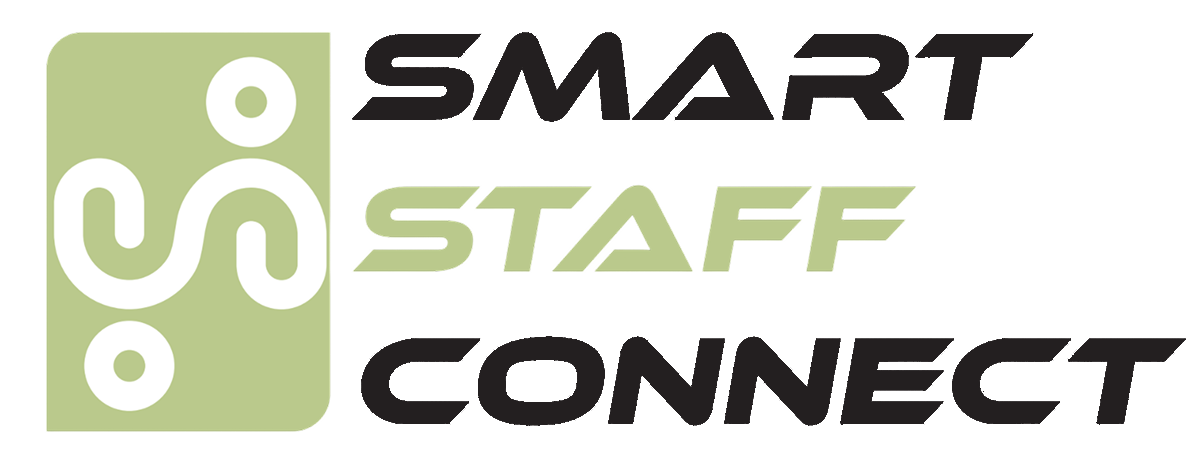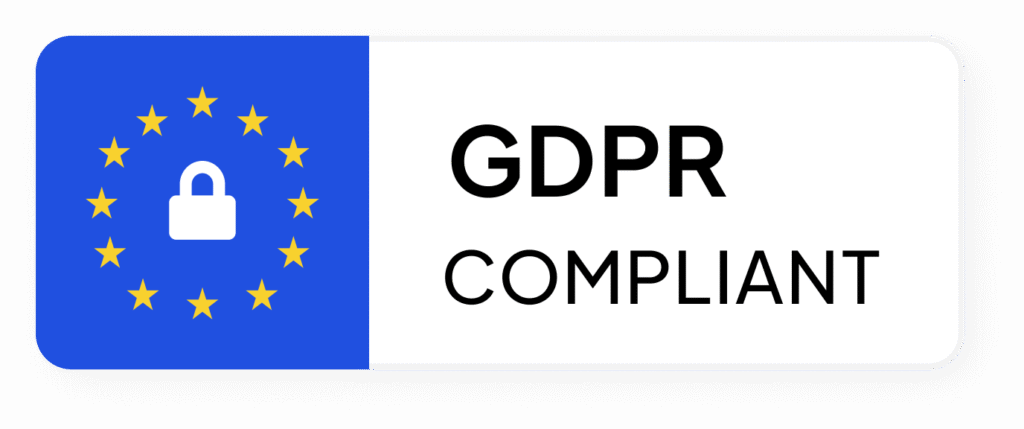1. Using Internal Jargon
Avoid company-specific terms that may be unfamiliar to external candidates. For instance, referring to your internal CRM system as “Knowledge-Bank” in a job description can confuse applicants. Stick to universally recognized terminology to ensure clarity.
2. Not Involving All Stakeholders
Crafting an accurate job description should be a collaborative effort. Engage HR, hiring managers, and team members to ensure the role’s responsibilities and expectations are well-defined and aligned with organizational needs.
3. Being Unrealistic
Listing an exhaustive set of skills and qualifications can deter qualified candidates. Focus on essential requirements and be open to candidates who may not meet every criterion but possess the potential to excel in the role.
4. Using Discriminatory Language
Be mindful of language that could be perceived as discriminatory. Phrases like “young and energetic” or “digital native” can unintentionally exclude certain demographics. Aim for inclusive language that welcomes diverse applicants.
5. Not Regularly Reviewing Job Descriptions
Organizations evolve, and so do job roles. Regularly review and update job descriptions to reflect current responsibilities and expectations, ensuring they remain relevant and accurate.
6. Lack of Structure and Readability
A well-structured job description enhances readability. Use clear headings, bullet points, and concise language to convey information effectively, making it easier for candidates to understand the role.
7. Ignoring Inclusive Language
Inclusive language fosters a welcoming environment. Avoid gender-specific terms and consider using tools to identify and replace biased language, ensuring your job descriptions appeal to a broad audience.
Conclusion
By avoiding these common mistakes, you can create job descriptions that attract qualified candidates, promote diversity, and accurately represent the roles within your organization.


